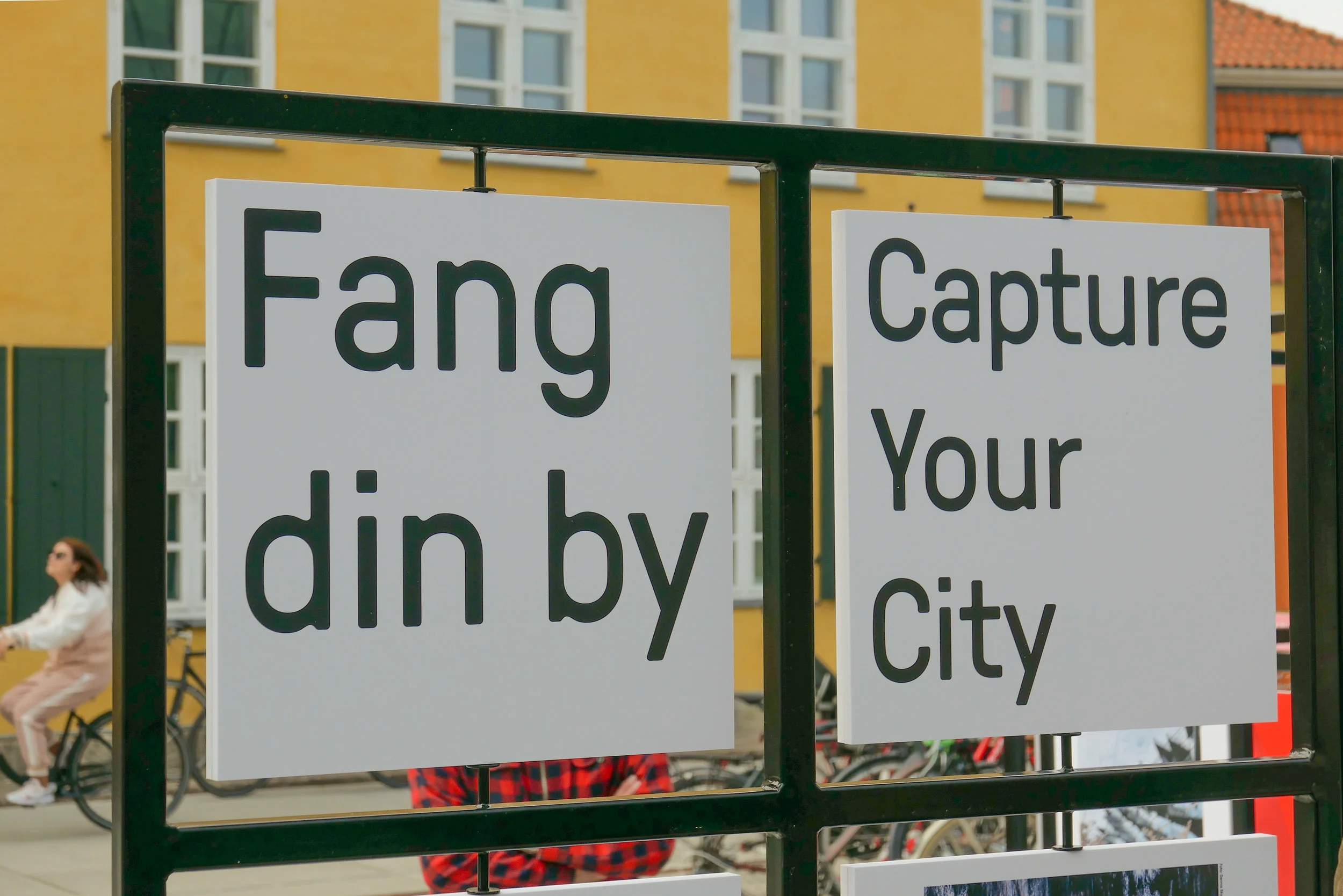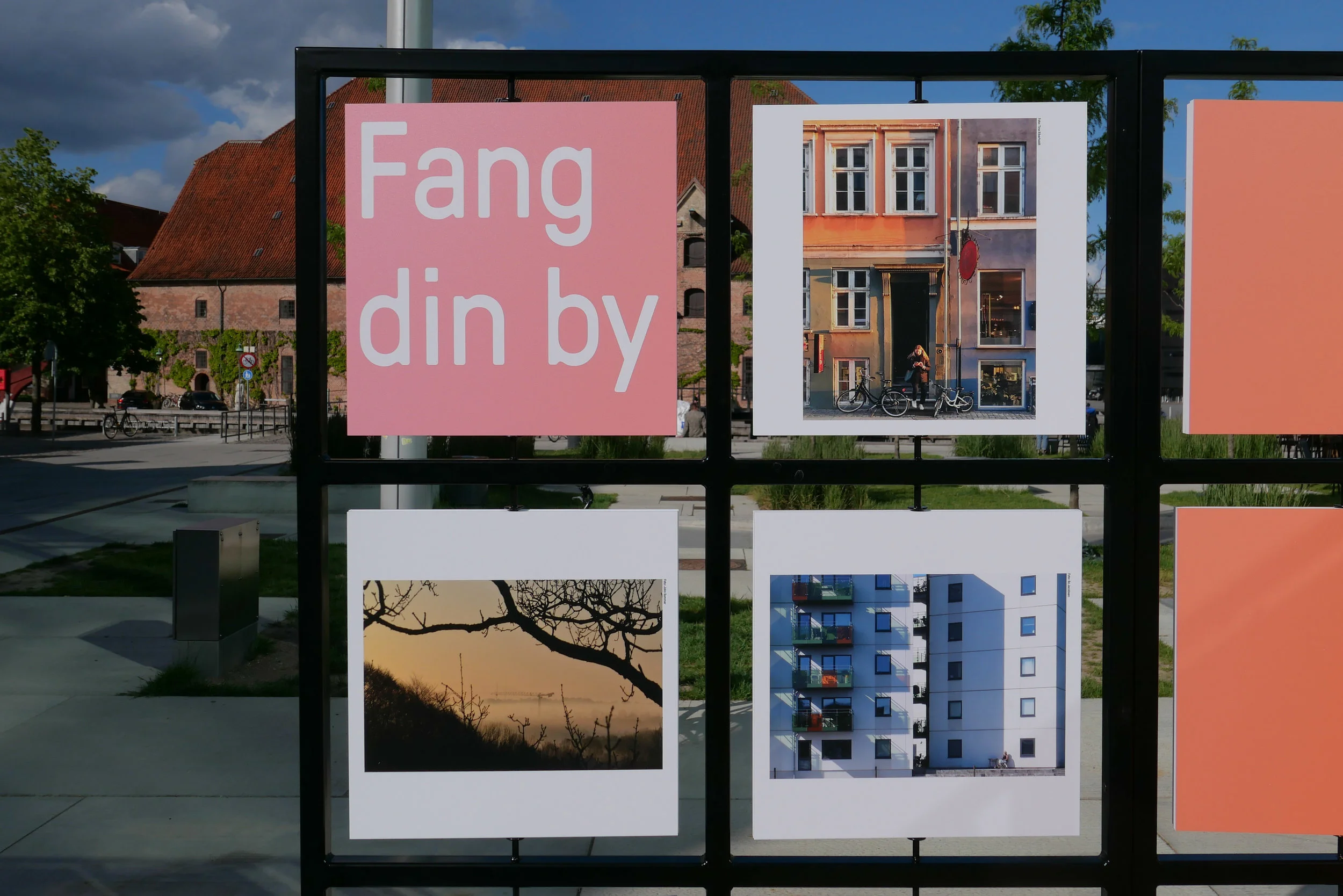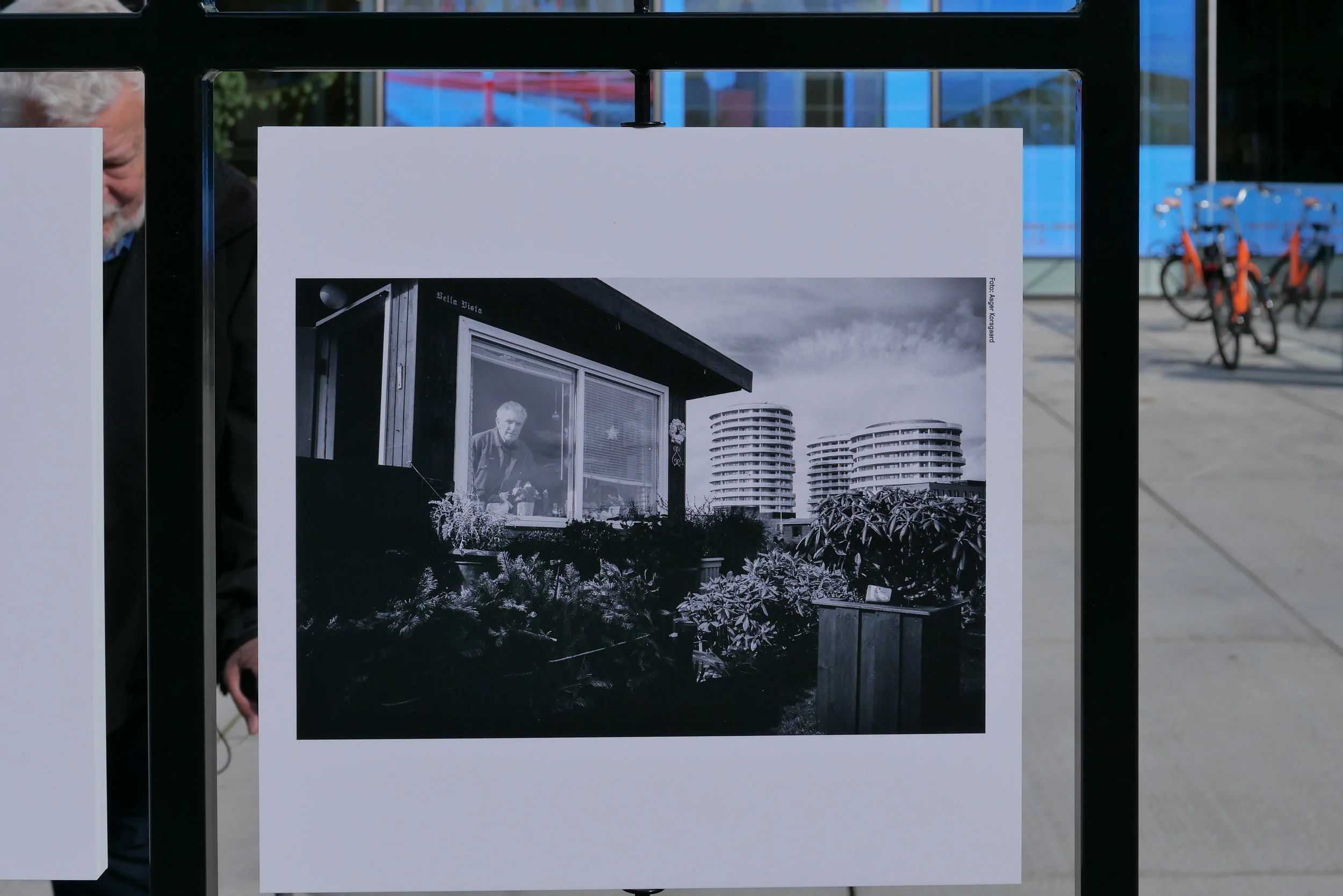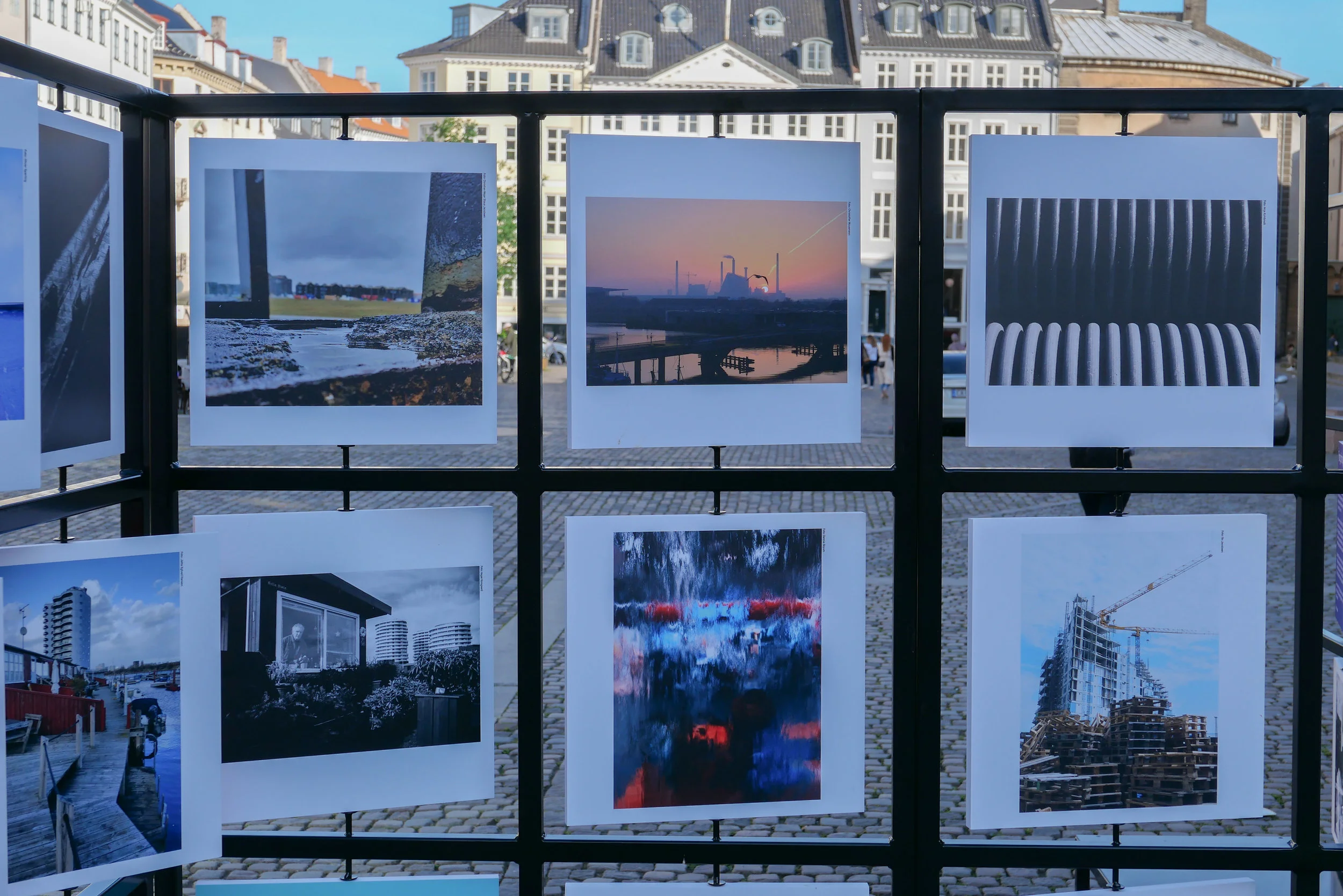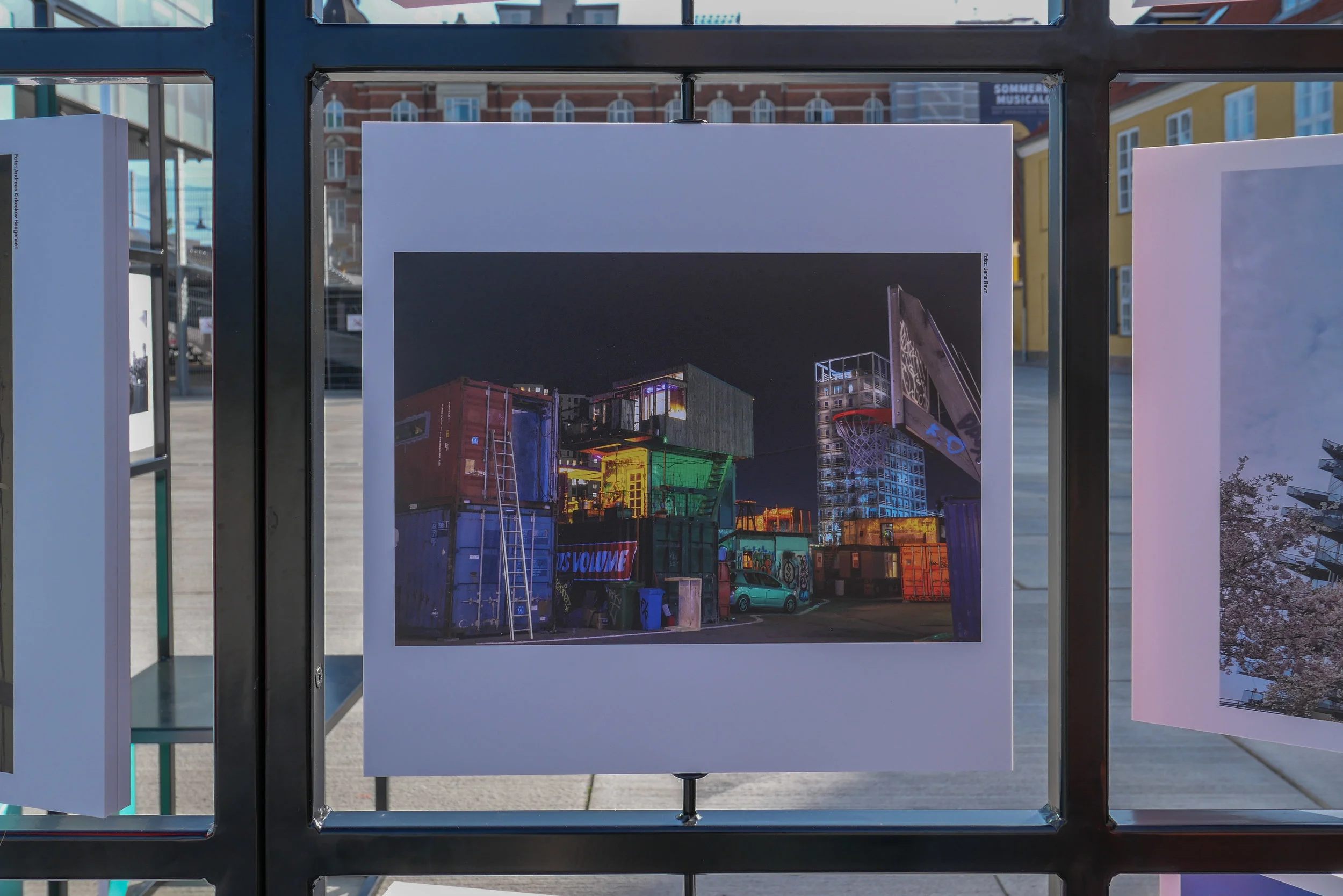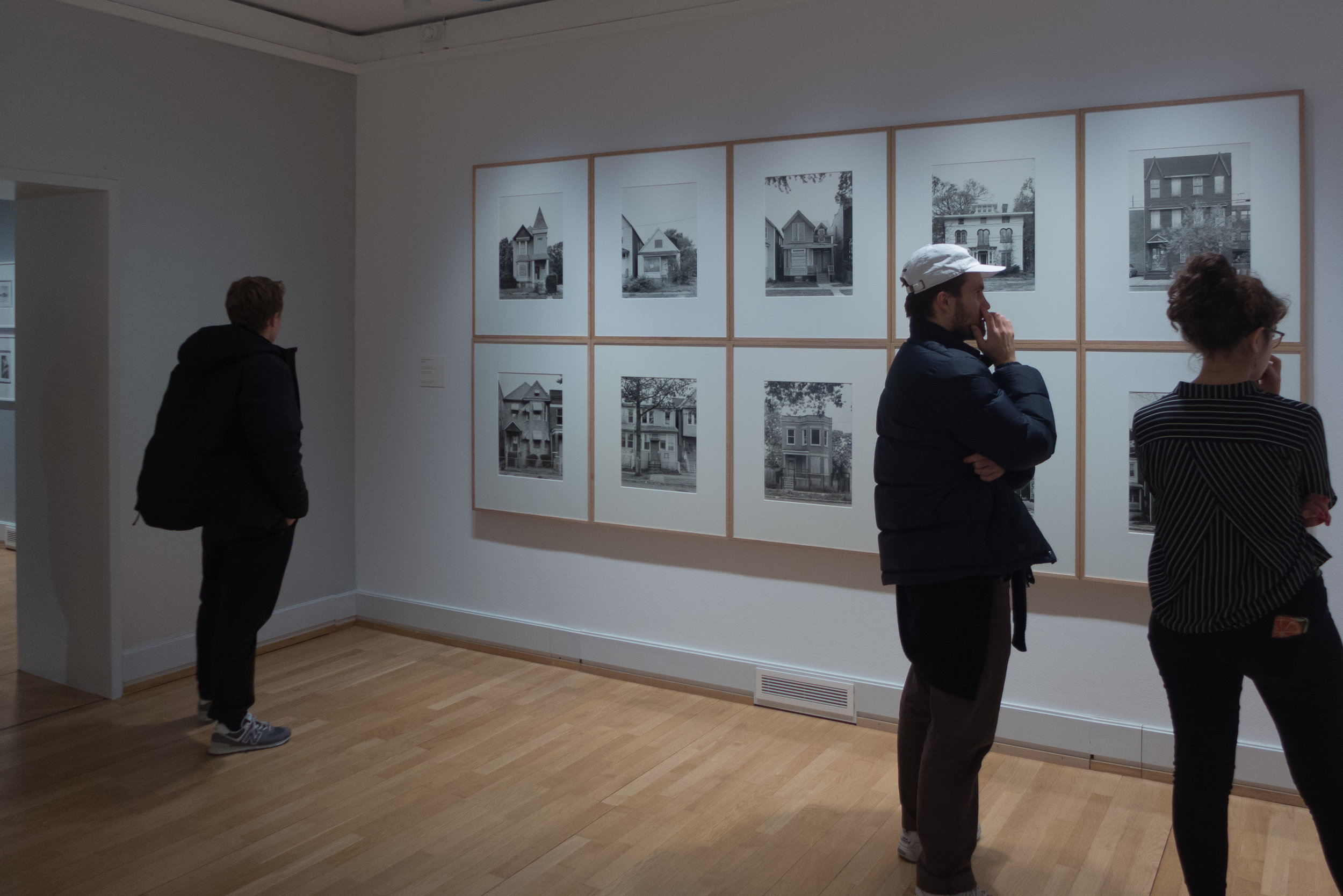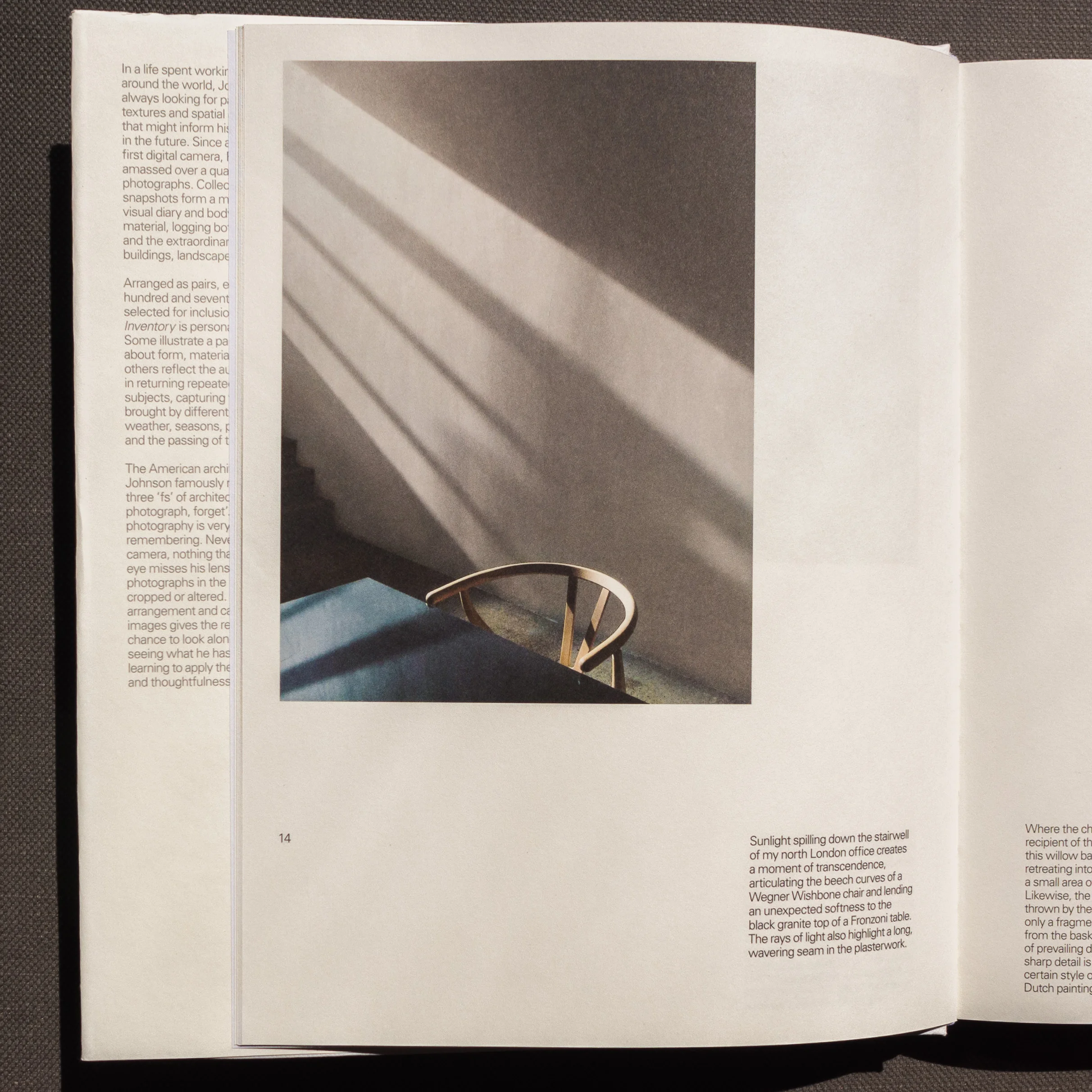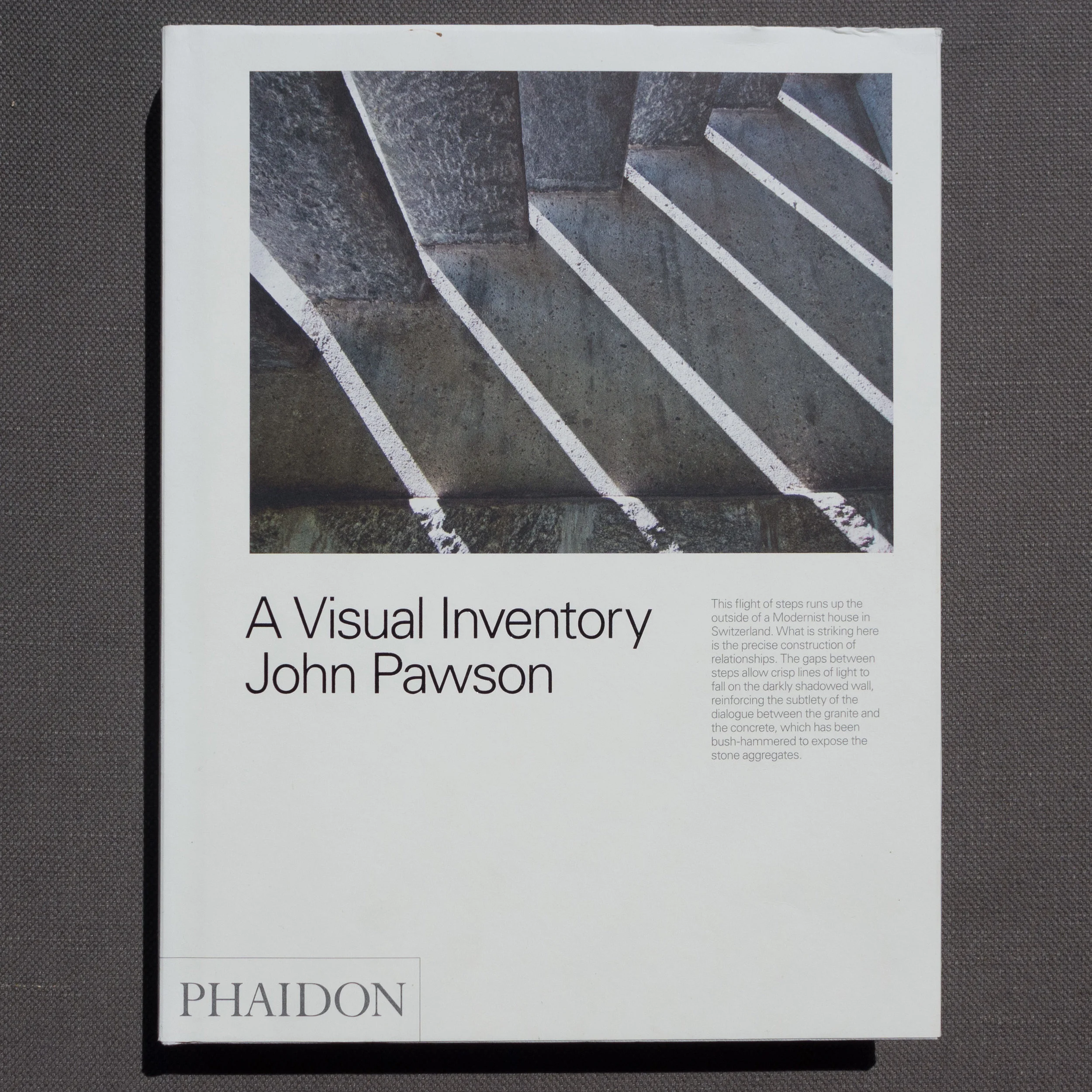Status:19 - Dansk Journalistforbund - Exhibition Bus Højbroplads
/Part of the Copenhagen Photo Festival, this is an exhibition of 100 photographs by professional photographers shown as digital images on a mobile exhibition venue - the PIXLBOX or exhibition bus from PIXLART.
More than 2500 images were submitted by photographers who are members of DJ: Fotograferne … a section of Dansk Journalistforbund or the Danish Union of Journalists … and reflect a broad range of photographic work from commercial photography through portrait work, art photography and photo journalism.
The photographs were selected within an overall framework of five themes …
portrait
commercial
communication
art
journalism
In the exhibition bus the images are digital, shown on a number of screens of different sizes and set portrait and landscape, and several images were shown cropped on more than one screen so there was an interesting opportunity to see how the message or story from an image changes with editing.
Shown on large, high-resolution screens the images have an intensity and depth that is rarely there on the printed page … just compare the images in the exhibition with those in the printed catalogue. That is not a criticism but simply the reality of keeping down the cost of printing the catalogue but then it becomes simply an aide memoir.
The large digital images showed strong vibrant colour where appropriate; the smallest detail in high resolution images and the nuances of soft light in the portrait by Søren Bidstrup of Lars Von Trier in a misty autumn landscape in a river valley.
The images scrolled through so there were often fascinating juxtapositions of images that established a momentary dialogue from the contrast. At one point an informal but still formal portrait by Niels Hougaard of HKH Prince Joachim, second son of the Danish monarch, in military uniform, was set, for a few seconds, next to an image by Rasmus Flindt Pedersen of a street in Mosul as people dealt with the bloody and grim reality of war.
It is a good exhibition space that is restricted but that actually means you focus on the image directly in front of you and the space is designed to have some seating to watch all the images on each screen scroll through and, above all, it is designed to bring art to streets and public spaces anywhere where people do not have easy or direct access to art.
Many - on fact most - of the images are about context and back story - about why or what might or what probably happened next. Many capture just how weird life can be.
this exhibition was shown first through May in Viborg.
Status 19 in the exhibition bus is on Højbroplads
from 6 June to 11 June, 11 - 19
COPENHAGEN PHOTO FESTIVAL
DJ: Photographers - Status 19
PIXLART
PIXLBOX



